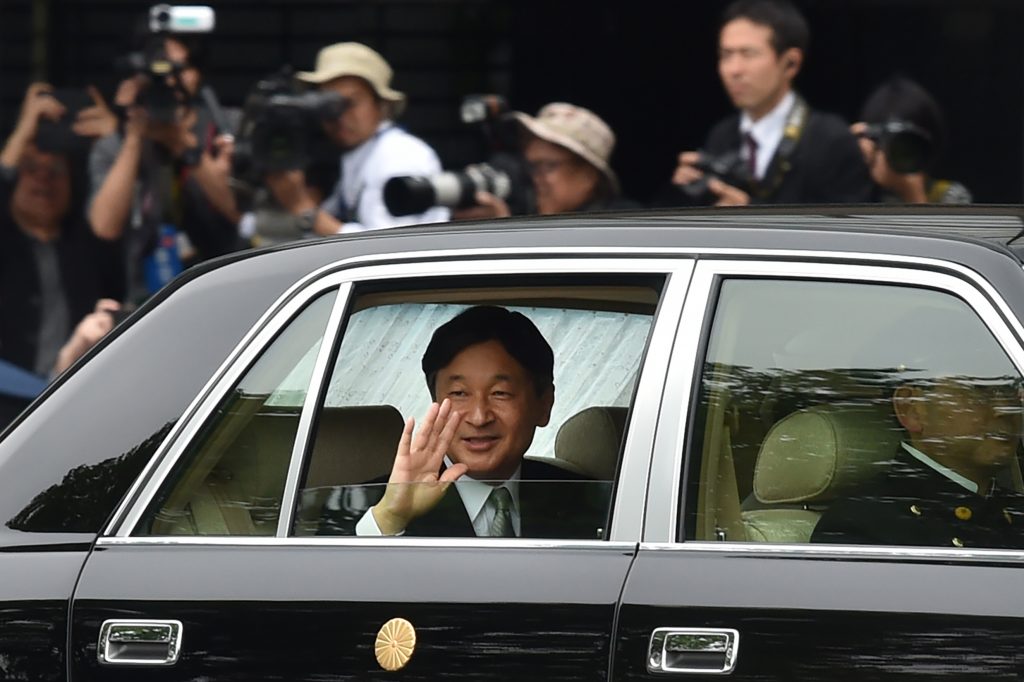
- ARAB NEWS
- 26 Apr 2024

Rawaa Talass, Dubai
Japan is welcoming its new emperor in a historic ceremony in the presence of dignitaries from all over the world. But who is Crown Prince Naruhito and what will his era mean?
Earlier this year the Japanese public was waiting for the government to announce the name of the nation’s new imperial era following the abdication of Emperor Akihito, who was head of state for 30 years.
Each emperor represents a new era and this system remains relevant in politics and several aspects of daily Japanese life, as it is used in official documents, local newspapers, and the Japanese calendar.
But the significance of the era’s name goes beyond paperwork.
“It’s supposed to convey a certain meaning and motto of what should come during the reign of the emperor,” Dr. Griseldis Kirsch, a senior lecturer of contemporary Japanese culture at London’s School of Oriental and African Studies, told Arab News.
“Reiwa” — officially translated as beautiful harmony — has been selected as the name for the incoming imperial couple Naruhito and Masako’s era. It is a two-character term derived from an ancient anthology of Japanese poems known as “Manyoshu.”
But Reiwa has drawn some controversy as the term is “not entirely clear,” according to Kirsch.
Linguistically, the characters’ meanings have changed over time and there was also a lack of agreement on a proper English translation. Reiwa also has a slightly passive tone, compared to the former “Heisei” (achieving peace) era.
“Some people say Reiwa is nostalgic and backward-looking,” said Kirsch. “It’s definitely got this slightly more inward-looking nuance. It’s about Japan and its inner harmony and not about the rest of the world. That’s pretty clear in the second character ‘wa’ because it can mean ‘Japanese’ or ‘Japan.’”
“A modern couple” is how the relatively young incoming royals have frequently been described, especially Empress Masako.
She is an unusual choice for the role – a Harvard-educated former diplomat who speaks five languages and gave up a promising career to join the Imperial Court.
It took then-Crown Prince Naruhito – an Oxford-educated environmentalist who is dedicated to water conservation – six years to convince her to tie the knot. They married in 1993.
To fulfil his responsibilities under the constitution, Naruhito aspires his reign to represent a “fresh breeze” to the Japanese people and the throne.